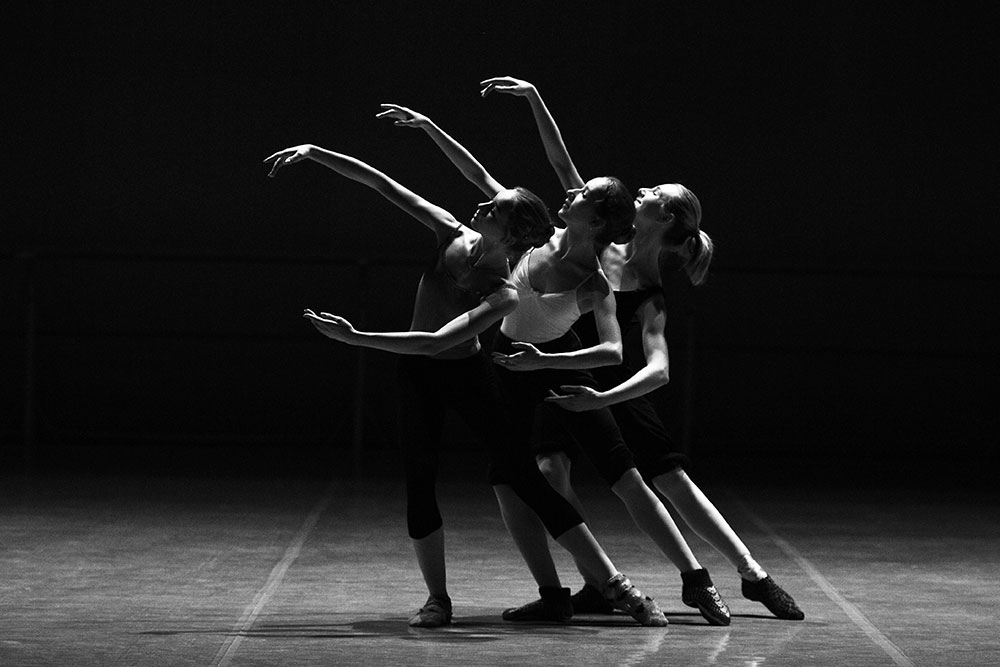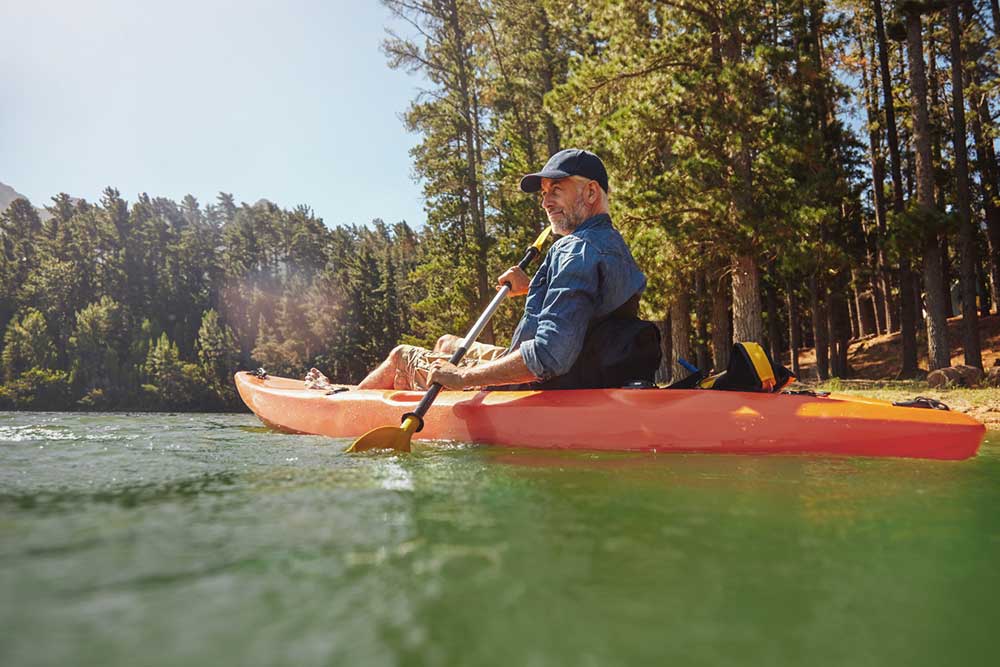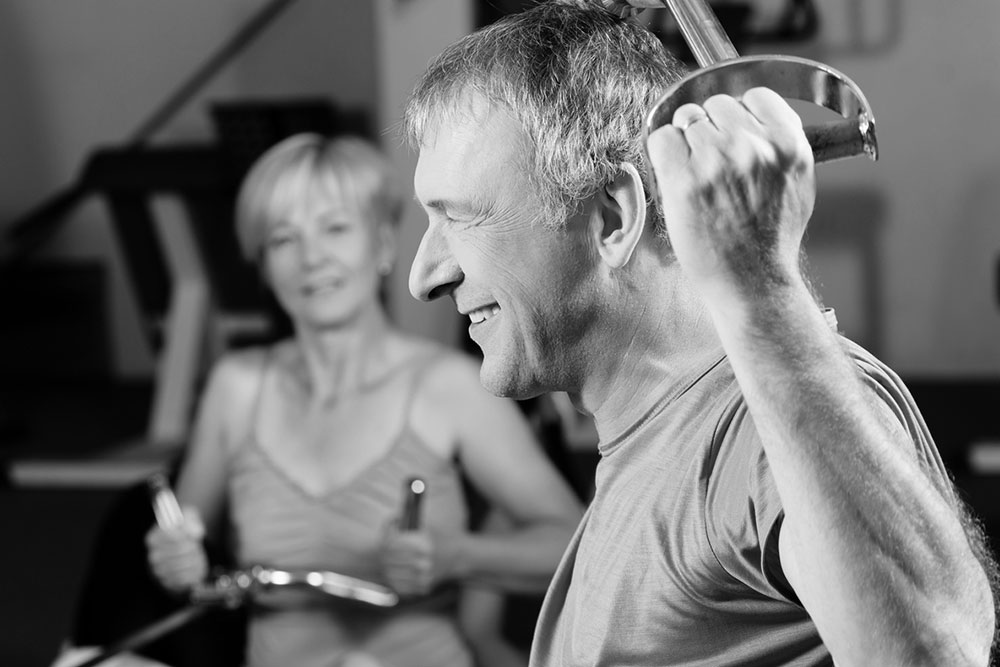The Jury Is Out | The Best Exercise for Parkinson’s Disease
Gillian White, MSc, PhD (C) University of Toronto, Graduate Department of Exercise Sciences Parkinson’s disease is a neurodegenerative condition affecting 2% of the population over 70 years of age – roughly 6 million people worldwide (Pringshein et al., 2014). It is characterized by the death of brain cells in the basal ganglia, particularly those that









